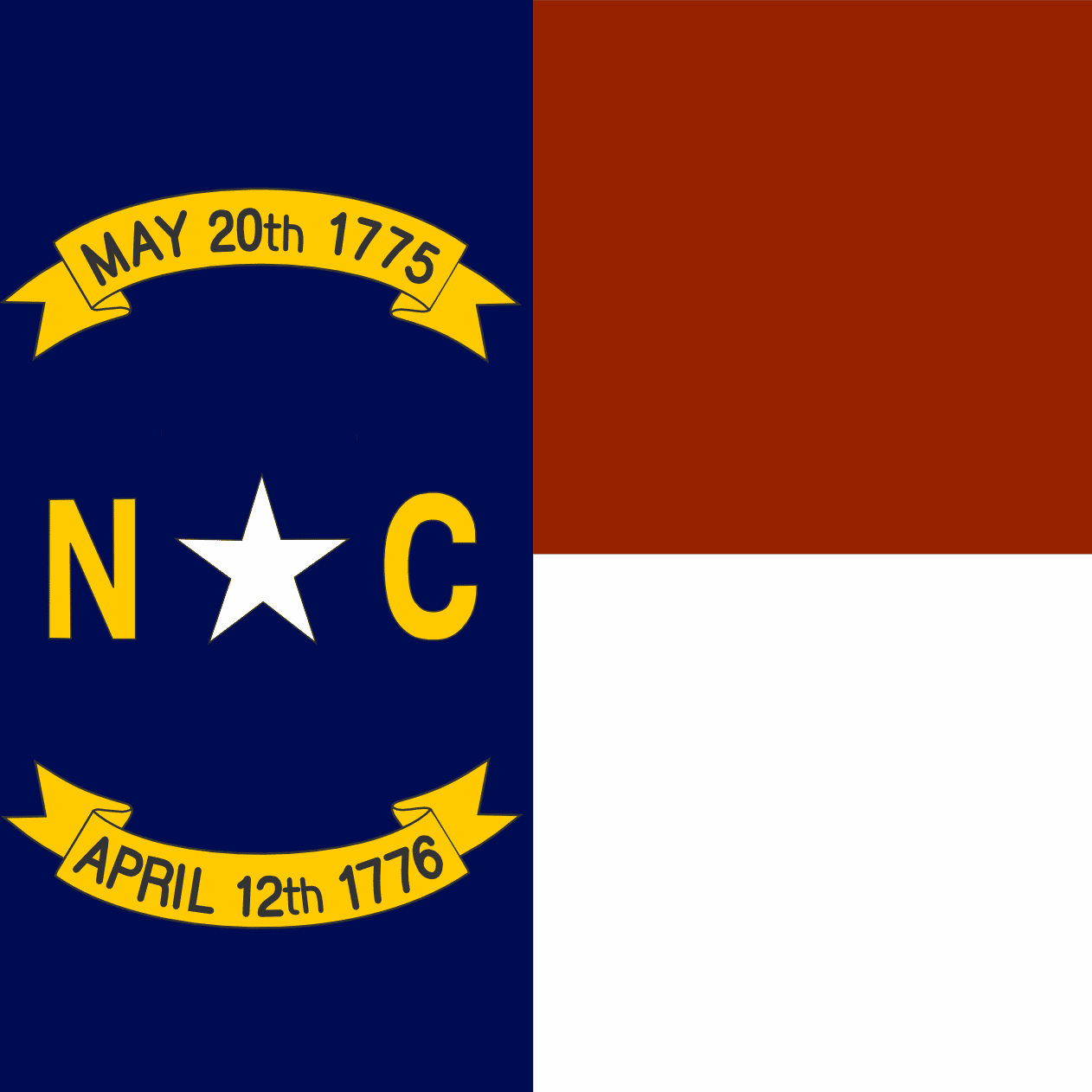The FCC has “largely completed” work on the second version of the National Broadband Map, said FCC Chair Jessica Rosenworcel today.
An FCC spokesperson confirmed that the update would be based on the location database updated as of late 2022 and would reflect availability challenges made more recently.
The initiative is a critical one, as the second version of the map is the one that will be used to determine state allocations in the $42.5 billion Broadband Equity Access and Deployment (BEAD) rural broadband funding program. Those allocations are expected to be made June 30.
Availability Challenges
The FCC is addressing thousands of broadband availability challenges daily as part of the process of updating the National Broadband Map, said FCC Chair Jessica Rosenworcel in a blog post. She also provided additional information about location challenges for the map– more on that in the next section.
In the past four months, the FCC’s mapping team has processed availability challenges for over 4 million locations, Rosenworcel said.
Every two weeks, the public version of the map is updated to reflect all availability challenges that have been resolved, she added.
“In other words, the system is working,” she said.
According to Rosenworcel, the commission has received more than 600 bulk challenges related to broadband availability. Bulk challenges include challenges for multiple addresses and can be filed by state governments, broadband providers, and certain other entities.
Most of the bulk challenges came from state governments, Rosenworcel said.
NTIA, which is administering the BEAD program, previously encouraged stakeholders to submit bulk availability challenges by January 13 to maximize the likelihood that the challenges would be addressed in time to be reflected in the version of the National Broadband Map that would be used to allocate BEAD funding to the states.
Location Challenges
The National Broadband Map has been going through a major overhaul designed to make broadband availability data more granular and accurate.
One key change was to create a database of broadband serviceable locations, also known as a fabric. Each location in that database is geocoded to show its latitude and longitude. The schedule for National Broadband Map updates calls for the location database to be updated twice yearly, once at mid-year and once at year-end. Each update of the location database is then released to service providers so that they can update their availability data.
Two versions of the location database have been made available since the overhaul. The first one, made available in mid-2022, drew considerable criticism, including reports of missing locations and boulders being misidentified as broadband serviceable locations.
CostQuest, which created the location database using more than 200 public and commercial data sources, told Telecompetitor several weeks ago that the second version of the location database, which was released to state agencies and service providers late last year, is much more accurate.
As Rosenworcel has previously noted, the number of broadband serviceable locations included in the second version of the fabric yielded a net increase of over one million locations from the first version of the map.
Today’s blog post provides additional detail. Nearly three million locations were added and nearly two million were removed, she said.
It’s important to note that those changes were made in late 2022 and incorporated the results of bulk challenges made through mid-November. The NTIA confirmed in January that the state BEAD allocations would be based on the location database as of late 2022.
Although some stakeholders asked for more time to file location challenges, Rosenworcel previously said the FCC must adhere to the twice-yearly map update schedule and the NTIA said it would not delay the state allocations.
Other stakeholders argued that the NTIA should adhere to the June 30 allocation date because delaying that process would not materially impact the allocations but would delay the broadband deployments that the BEAD program is intended to fund.
Updated to omit a reference suggesting that the word “fabric” applies only to the location database. Some people use the term interchangeably for the location database before and after availability data is added to it. Also updated to clarify that the second version of the location database was released to service providers and state agencies late last year.



